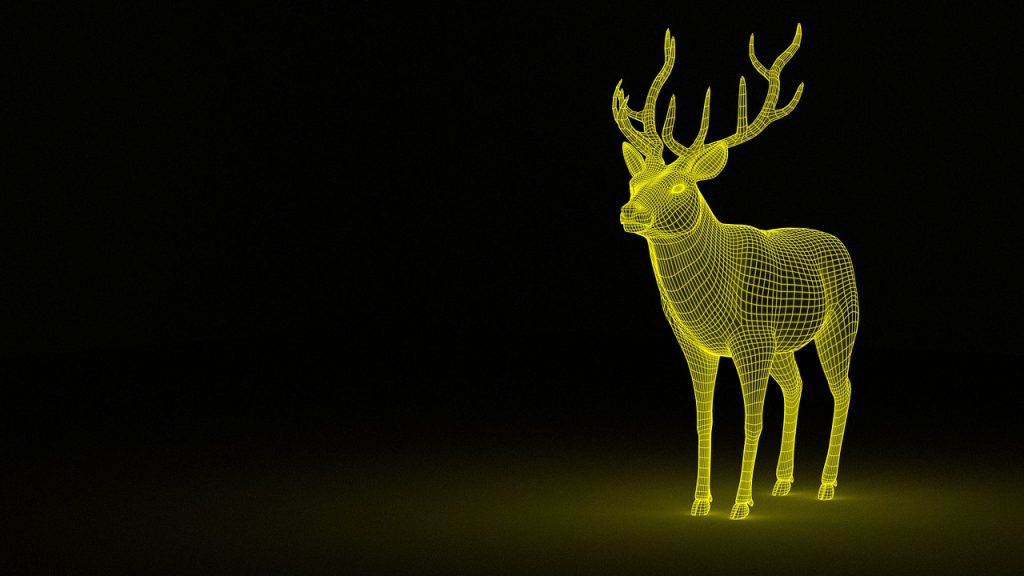Have you ever thought of creating a 3D animated project? If yes, then my friend, you have landed on the right article.
In this read, you are going to learn about the animation production pipeline and how you can create compelling and captivating animation for your targeted audience.
So, let’s not waste time and jump right into it!
What is Animation Production Pipeline?
An animation production pipeline does not onlyinvolveanimated creation. It is a complete process or system that involves stakeholders, hardware, and software to execute the animation and complete the project in the provided timeline.
The basic animation production starts with a concept and finishes with a final visual product. As an animator or animation company, before beginning with 3D animation project, first, you gather requirements from the client, and then the project managercreates a “plan of action” that contains the budget, the project scope, and the production team.
The animation production pipeline varies depending on the animation type the client chooses for the project.
The Types of Animation
There are various animation styles that can be used to portray your message effectively to your audience. But the most frequently used and preferred arehand-drawn/cell animation, vector-based/2D animation, 3D animation, and stop motion animation.
1. Hand-Drawn Animation
Hand-drawn or cell animation is a traditional animation technique where each frame of the video or movie is drawn by hand and was frequently used by animators of old times.
The animator draws rough drawings scene by scene on white paper frames and runsthem in a sequence to give the scene a sense and bring the story into motion. Once the drawing phase is complete, the animator captures each frame and animates the whole movie/video frame by frame.
2. Vector-Based or 2D Animation
2D animation is the most popular animation style in animation and is majorly used to tell the story effectively. It is as same as hand-drawn animation, but these days animators use computer software and animation tools to create each frame of 2D animation.
3. 3D Animation
3D animation is quite similar to 2D animation but is pretty much more challenging than simple 2D animation. In 3D animation, the images are generated using computer software and animation tools.
The animator begins with character modeling; then, the character is animated using a skeleton. Each pose is created, and the animator jumps to the next pose using interpolation for character movements.
4. Stop Motion Animation
This animation is also known as Claymation, which is created by using clay models or puppets of plasticine. The clay models are positioned and re-positioned in various poses to motion to the static art. The animator captures each movement of the clay model and creates an illusion of motion.
The 3D Animation Production Phases
Most of the animation styles use the same animation production phases, but the 3D animation production is slightlydifferent from the rest. Let’s understand why:
1. 3D Animation Pre-Production
The 3D animation pre-production stage includes concept creation, scriptwriting, storyboarding, and character creation. Once you are done with all these steps, the project moves to the production stage.
Concept Creation
The first thing in pre-production is concept creation whichinvolves the creative content team of the project to brainstorm multiple ideas to set up the script for the animation.
The most important thing to keep in mind is to understand the animation and software limitations before imaging way out of the box.
Scriptwriting
The scriptwriter writes a script that outlines a story around the characters and talks about every necessary point.
A script gives strong imaginative support to an animator for better the animation and representation. The scriptwriter writes dialogues for the characters and passes them on for the storyboarding.
Storyboards
The Next step in pre-production is storyboarding, where the graphic designercreates storyboards that illustrate all the scenes of the video/movies so that the animator gets the idea of how to animate the particular scene.
Good storyboards include captions that label the outline story. Storyboarding helps with camera placements and animation timing.
It also gives the animator the freedom of visualization and creates something different from the mentioned script.
A storyboard is not only helpful for the animator; it benefits the director as well as the actors involved in the project.
Character Creation
This is the step where characters are created. Animators now begin with character creation and decide how the characters will move, interact, or look in the digital environment.
The props, backgrounds, theme, and color palette are also part of character creation. The animation team collects all the assets and begins creating a 3D environment with the help of 3D animation software.
2. 3D Animation Production
This is the stage where all the magic happens – the production. The production stageincludes 3D modeling, surfacing, 3D rigging, lighting, and 3D rendering. After the production phase completion, the next stop is post-production.
3D Modeling
3D modeling is the most important part of 3D animation production, where the animator animates the characters and environment from scratch.
First, the animator understands the story and animate the character accordingly. Autodesk Maya and 3D Studio Max are the software that are highly used by animators for 3D modeling.
With a base object selected from a cube, sphere, cylinder, or cone, 3D modeling creates a representation of the surfaces and objects, and later the 3D objects are then manipulated using faces, vertices,and edges to form a final character.
Surfacing
In 3D animation, surfacing is the stepwhere the animator enhances the characters and environment’s appearance.
Surface tells that how a 3D character or prop will appear in a 3D animated environment. Surfacing artists tore down a complex scene into smallunderstandable elements, which later combined to create a complete 3D animation.
3D Rigging
The 3D character models are represented through skeletal animation in 3D rigging. An animator created the skeleton, which manipulates the 3D models with a series of organized digital boxes.
While rigging, a 3D object can be controlled by altering the rotation, scale, or position. It helps simplify the production process and create smooth animation.
Lighting
Light is the most important part of the production phase. The lighting includes object shadows and light reflection that bounces back fromthe object in the digital environment.
There are various lighting techniques that animators can use to give a distinctive look to the scene.3D Lightning includes directional light, point light, ambient light, and spotlight.
The lighting is placed according to the need of the scene to illuminate animation and the environment.
3D Rendering
The animated scenes are processed in 3D rendering, where the final output of the animated scene is created frame by frame. Software like Autodesk Maya is preferred by animators for the 3D rendering job.
3. 3D Animation Post-Production
This is the final phase where the animator and editor finalize the masterpiece. In this phase, composition, sound design, and editing are included.
3D Composition
Once you are done with rendering comes the 3D composition. It is the first step of the 3D animation post-production phase, where the renders are combined together to create a cohesive composition.
The animator creates sequenced tracks to create a transition between the frames. This is where the final look of animation is revealed with motion, elements, and lights.
Sound Design
In this step, the audio, music, or voice-overs are added to the animation.
Polishing
Polishing is the final step of the overall 3D animation production, where the color fixing, sound alteration, and final touch-ups are done.
P.S: If you are interested in 3D animation, here are the top 3D animation production companies that you can pick for your project or animation career.
The Editor’s Choice
3D animation is quite tricky but one of the most creative and live-looking animations which require tons of skill and creative minds.
In my recommendation, If you are interested in creating a 3D animated video or movie production, BuzzFlick should always be your first choice.
The NYC-based animation studio has a team of experts who know their way to animation.
Hopefully, you have found all the necessary information about the animation production pipeline, and creating a project won’t be a challenge for you.
Happy Animation!



